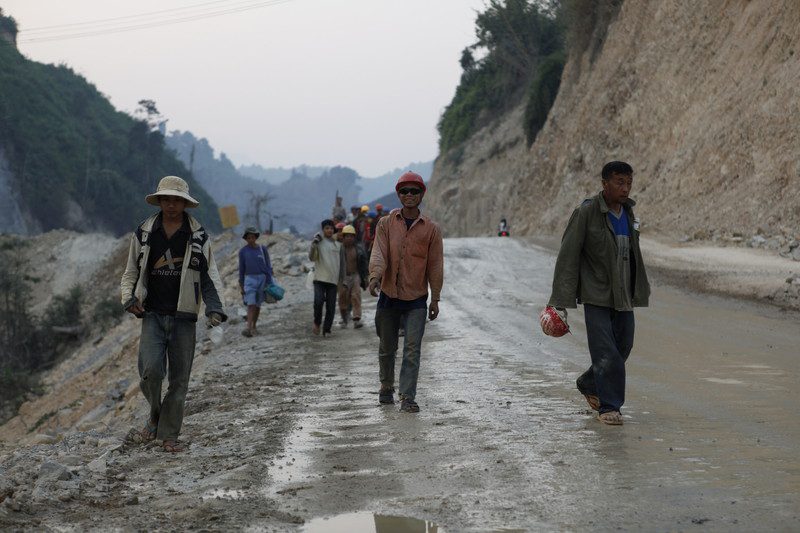Issues and impacts
What happens when infrastructure is done badly?
In rich countries like ours, we tend to take infrastructure for granted. That is, until it negatively impacts on our lives. The obvious examples here being public transport strikes or road construction works.
We also have ways of complaining and having our voices heard when we’re inconvenienced. But people in developing countries are not so lucky.
And while infrastructure is necessary for a country’s development – the reality is that the people it most affects often exist in the margins of society and suffer as a result.
Some of the main concerns we have with large-scale infrastructure development:
It can cause people to lose their homes and their means of making a living
Large-scale infrastructure is one of the main causes of forced displacement globally. Dams for example, have caused the between 40-80 million people world wide to lose their homes. For many who depend on the land or on access to natural resources for their living, displacement literally means losing their ability to support their families, grow crops, fish and continue their cultural and social practices.
It can affect people downstream or far away from the actual development site
Much focus is centred on managing impacts around the actual site of the dam or mine or roadway. But the impact of a project – especially those on rivers or which use water – can be felt far downstream or away for the project site.
This is especially damaging where the impacts are felt by communities and the environment across borders. In the worst cases, downstream communities don’t even know about a project until they start to experience the negative impacts. These impacts can include changes in the:
- River flow
- Quality of water
- Amount of sedimentation
- Migratory patterns of fish
It can harm the environment
The environmental impacts of development projects are of major concern. Some common environmental impacts are:
- Pollution of river systems when wastes and tailings are dumped
- Uncontrolled spread of pollution or by-products resulting from construction and operations
- Changes to patterns of fish migration and to the delicate biodiversity of rivers
Harming the environment harms people’s means of making a living
We all understand that we need to conserve the environment and the importance this has for protecting biodiversity and endangered species. But the link between people’s livelihoods and the health of the environment, species and ecosystems, is less well known. This may be because the impacts on livelihoods caused by environmental damage are less immediate.
Yet environmental impacts on livelihoods are potentially the most devastating for vulnerable communities in the long run.
Oxfam’s work on infrastructure highlights this crucial and often overlooked connection that many rural communities have with natural resources. We’re working hard to ensure that affected communities and their livelihoods are protected.
While there is no one solution to this problem, there is one solution that we feel empowers project-affected people and gives them hope for the future – knowing their rights.
